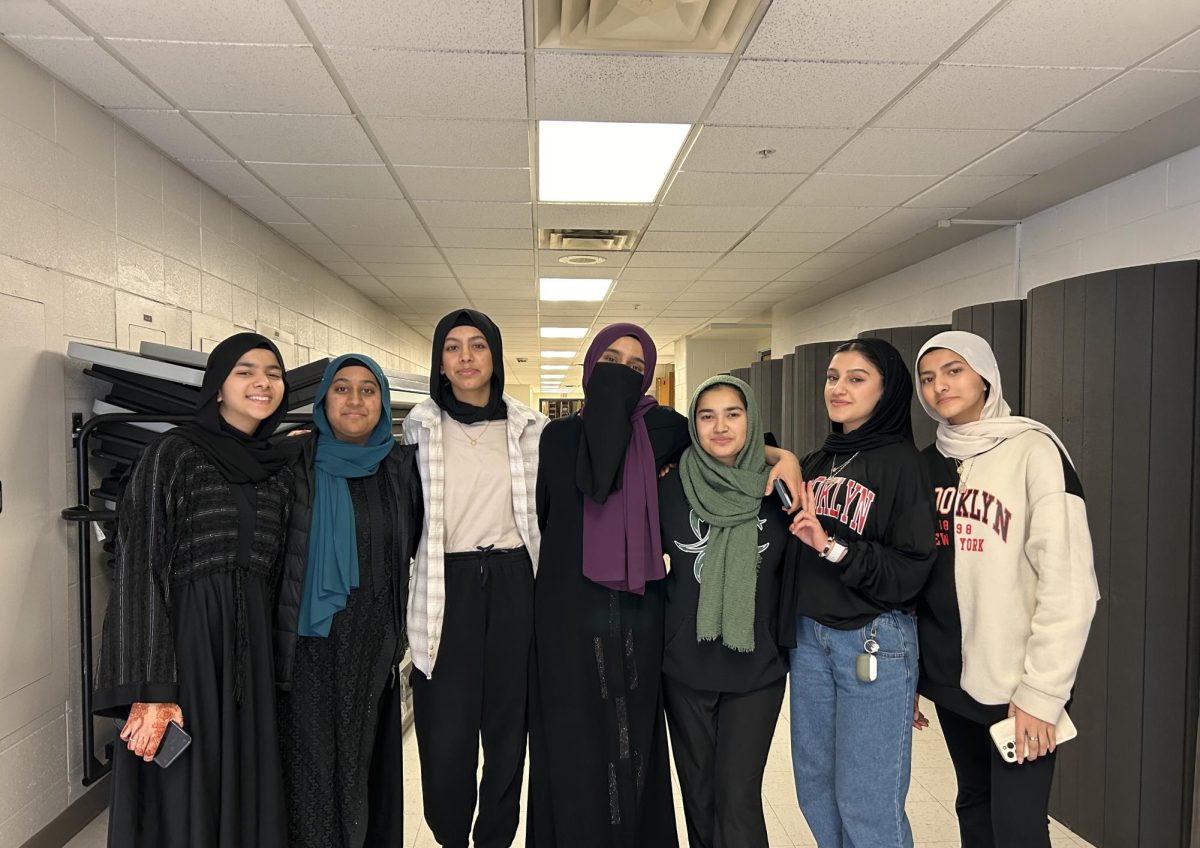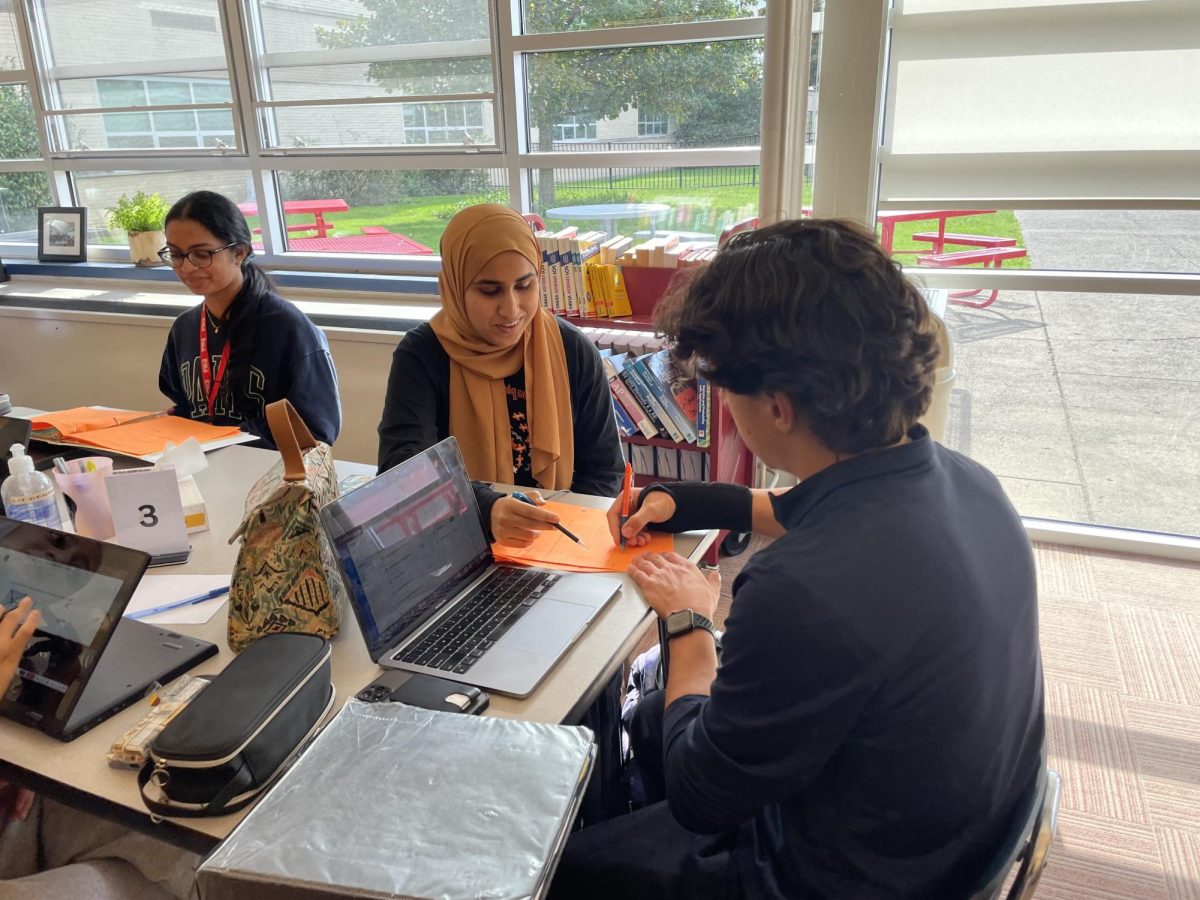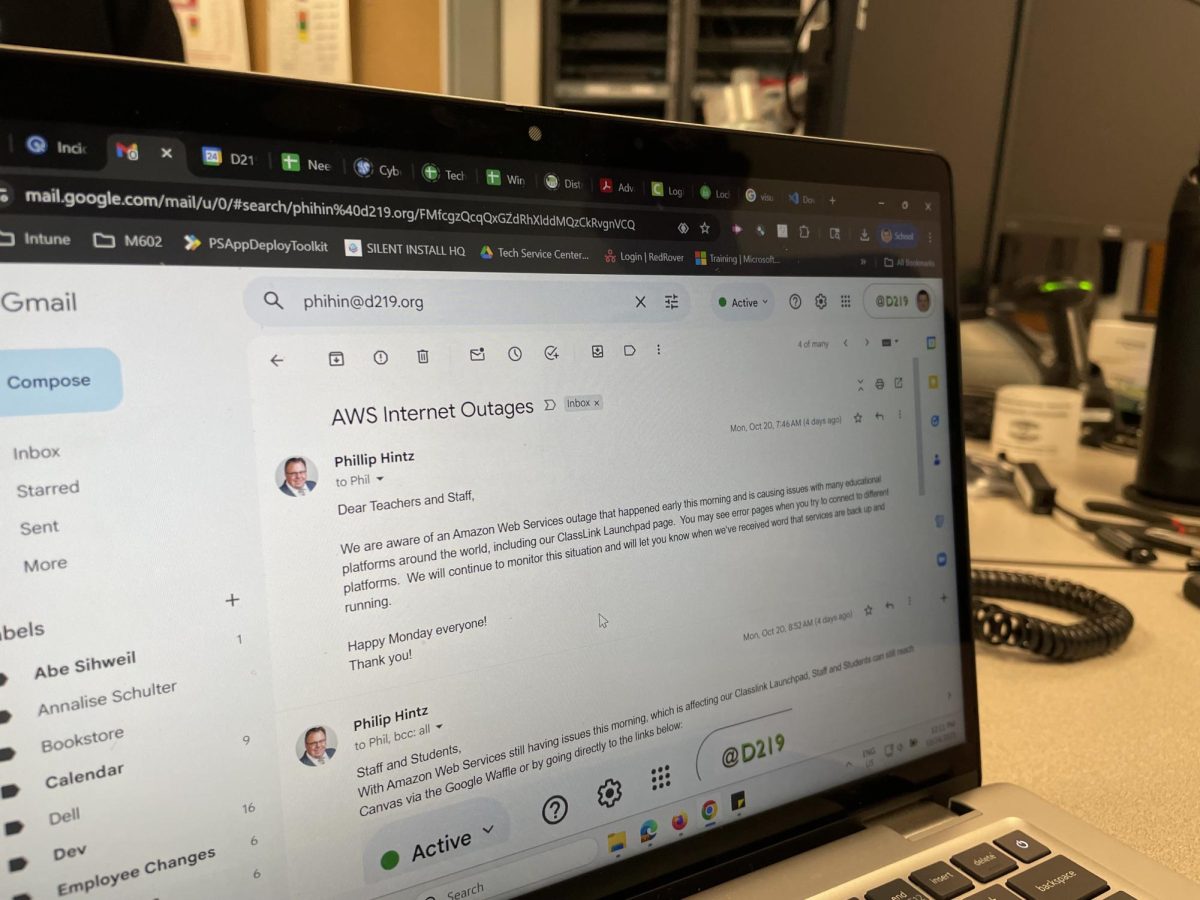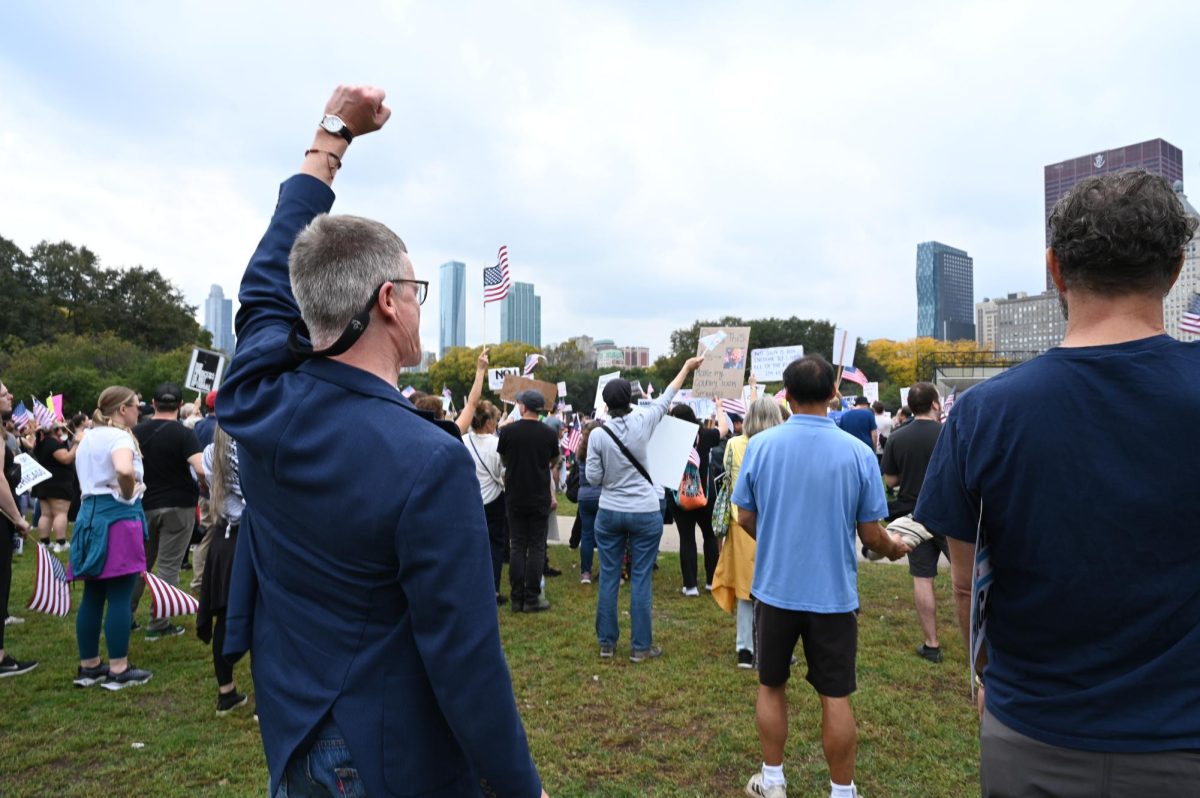There are numerous days around the year marked in recognition of different groups and people. One of them includes World Hijab Day; the annual day held in acknowledgment of Muslim women who wear the hijab around the world. This day was founded by social activist Nazma Khan in 2013, and ever since then, World Hijab Day has been celebrated on Feb. 1 in 140 countries. This day is meant to spread awareness on what the hijab is, why Muslim women wear it and to emphasize personal and religious freedom.
The hijab is a scarf worn by Muslim women to cover their hair and showcase modesty. Muslim women are required to cover their hair after the age of puberty. However, this is also a personal choice a Muslim woman makes once she feels comfortable enough to wear the hijab.
The Muslim Student Association [MSA] board member Asma Patel has worn the hijab since late elementary school.
“The hijab doesn’t signify a piece of cloth. Hijab is actually just ‘covering’ in Islam, and part of that is covering your hair as a Muslim woman,” Patel said.
But for Patel, the significance of the hijab extends to personal values like character.
“For me, the hijab represents physical modesty, but also a reminder for myself to have modesty in my character and behavior. Wearing the hijab is an obvious symbol to people that you’re Muslim, which makes it really important to embody the principles and characteristics Islam teaches you to have,” Patel said.
Niles West English teacher and MSA sponsor Ainee Fatima, a Niles West alumna, faced some challenges when she first began wearing the hijab.
“When I first started, I had a lot of non-Muslim teachers question, ‘What’s on your head?’, even though there were other hijabis around. Them acting like they didn’t know what it was or acting weird that I had started wearing it all of a sudden, felt very unsupportive and it made it hard the first couple of weeks,” Fatima said. “There weren’t that many hijabis here [at Niles West] and it did feel a bit isolating since people look at me as a hijabi and were already making assumptions about the type of person I am.”
While the hijab was a struggle at first for Fatima, it holds a lot of meaning for her as well.
“For me, it’s a reminder that I am Muslim, that I follow the religion of Islam and by having it on my head, I have to hold myself accountable. People will look at me a certain way and I need to behave a certain way. At the end of the day, it’s for me and I never felt the need to take it off. It’s a part of who I am now,” Fatima said.
The hijab can be a big step for some, like junior Aqsa Ali, who recently started wearing the hijab.
“I wanted to be recognized as a Muslim and I always had a strong connection to hijab. I know that hijab is a mandatory thing and I wanted to follow my religion as best as I could,” Ali said.
According to Ali, being a hijabi isn’t always easy, particularly when she goes out.
“Some days are on and off and make me feel weird when I see all the girls with their hair, but then I remember the reason that I am wearing a hijab and I always know that it will be worth it in the end,” Ali said.
The purpose of World Hijab Day is so that non-Muslims can experience wearing the hijab and also understand the perspective of a Muslim woman.
“Come walk in our shoes for a day, I think when girls try it on, they start to see that, ‘Hey I don’t need my hair to be beautiful’,” Fatima said. “We come from a society that places so much pressure on how we look and by taking back that ownership by wearing the hijab and by covering a part of you that is deemed beautiful is saying, ‘Hey look at me, look past my hair, look past whatever makes a woman’s beauty and see me for me.'”
Happy World Hijab Day to all the hijabis!














Asma • Feb 1, 2024 at 4:00 PM
I love this!!